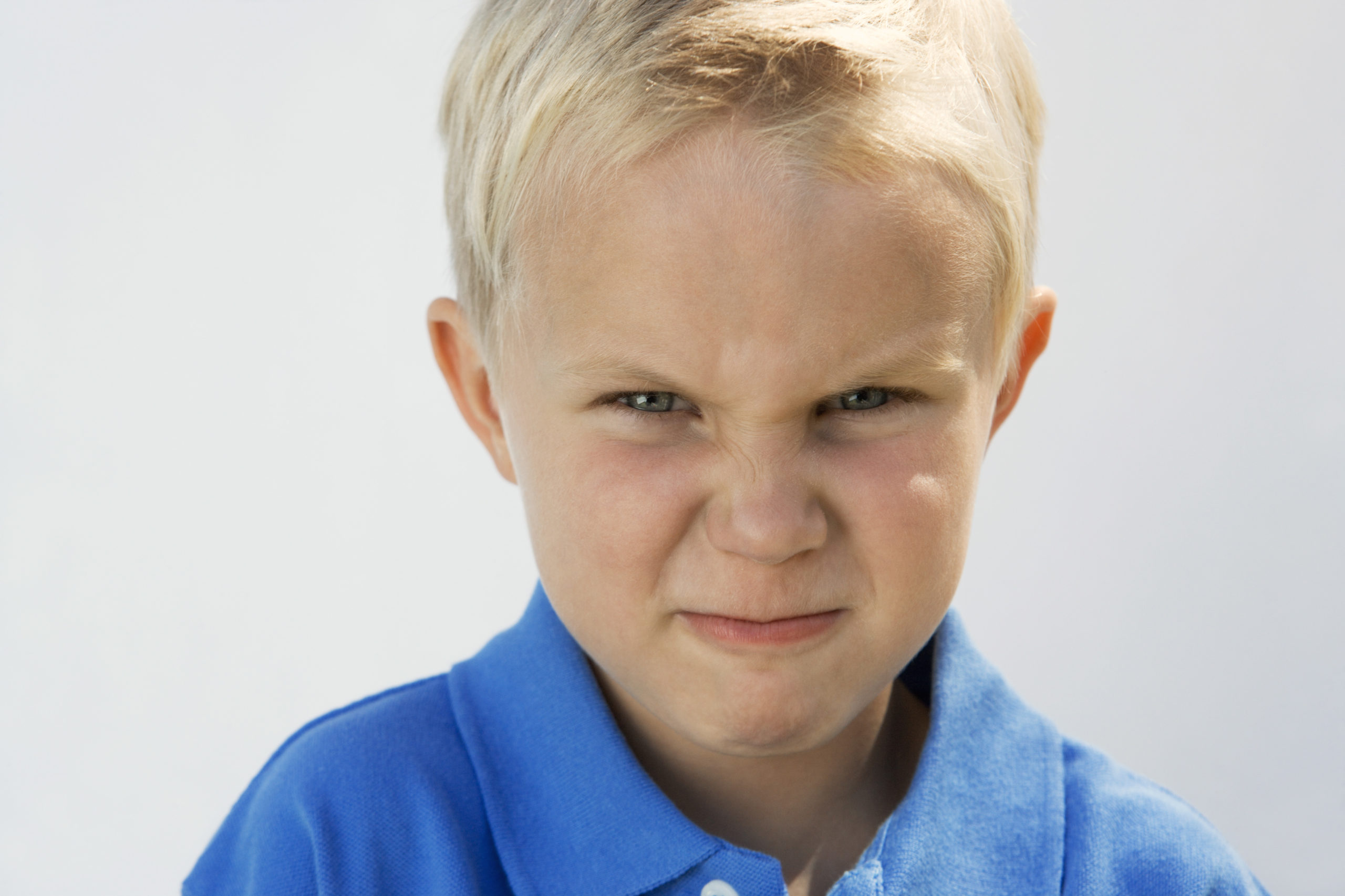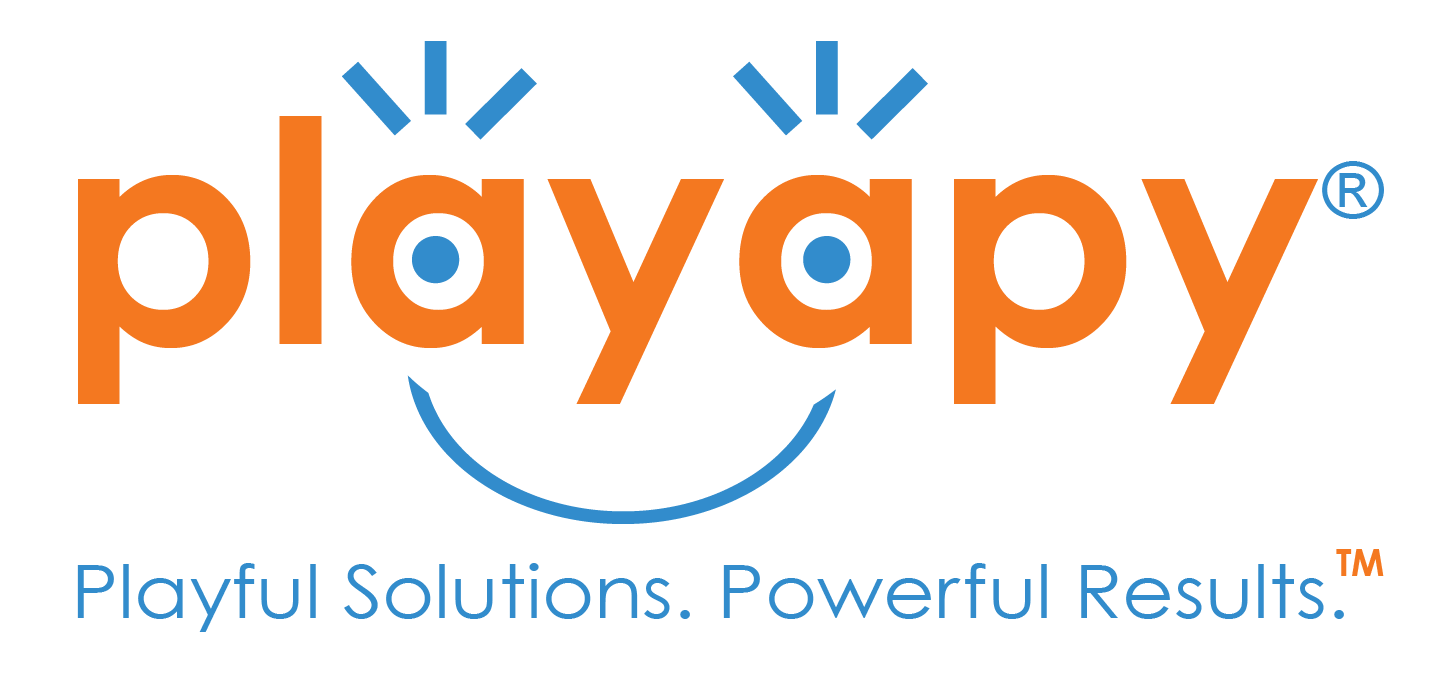
20 Dec Let’s Talk Emotional Regulation
As a pediatric occupational therapist, I have countless experiences working with children and educating parents about emotional regulation and calming strategies. Children often communicate through behaviors when they are young and don’t have the words to express how they are feeling. When these emotions are more extreme or problematic, they show up in a way often described as the Fight, Flight, Freeze Response.
What is the Fight, Flight, Freeze Response?
This response can be described as a survival reaction to what a child may feel is scary or threatening. This threat may be something obvious like heights or something new like Brussel sprouts. It can also be the loss of something like a toy or the opportunity to keep playing. The list is endless. Descriptions of fight can include angry, aggressive, and need for control. For fight, descriptions can include running away, acting silly, and avoiding. Lastly, descriptions of freeze can include difficulty starting or progressing through a task, disinterest, and appearing unaware of expectations. Emotional regulation is the ability to respond to demands in a socially appropriate way. Ideally we want to lessen the occurrences of the fight, flight, freeze response.
How to Calm the Response?
However the response shows up in your child, our job as caretakers is to bring about a sense of safety and security to calm the fight, flight or freeze response. Understanding Maslow’s Hierarchy of Needs helps us to comprehend their level of importance and act to make sure that basic needs at first met. For example, we cannot expect higher level skills like confidence and respect when lower level basic needs are not present like food and shelter. Therefore, we must first pay attention to, recognize, and eliminate stress factors before implementing any techniques.
There are endless techniques that can be implemented to improve emotional regulation in children. Most caretakers are unsure which are best, when to use them, and for how long. The answers to these questions are not short and sweet enough for a blog post. Luckily, I have interviewed Kim Hazelton, an occupational therapist and author of the book Calm Down, Child. In the book, she goes into more detail about the fight, flight, freeze response, Maslow’s Hierarchy of Needs, and over 50 strategies to calm down this response in your child. Watch this video below for more tips and learn how to pick up a copy of the book. Use this link to watch directly on the Playapy YouTube channel.
Amy Baez is the Founder of Playapy and Creator of the PALS Handwriting Program. She is a pediatric occupational therapist, speaker, and parent coach with over 20 years of experience.
